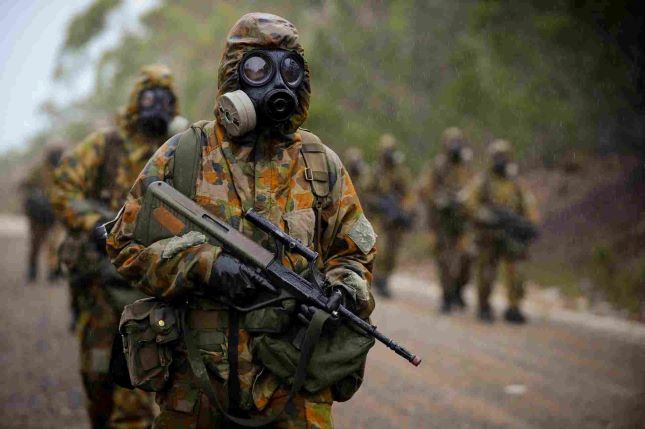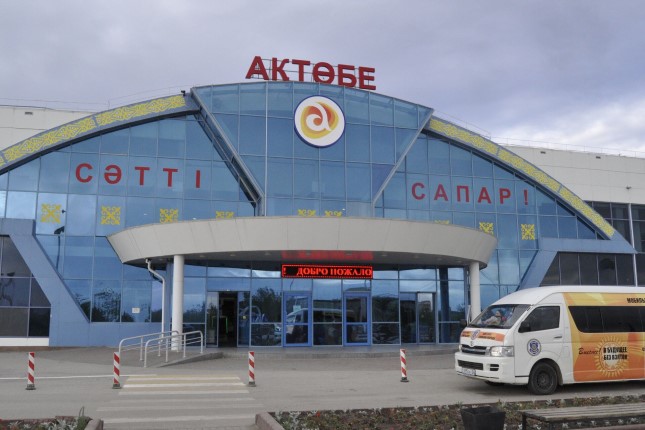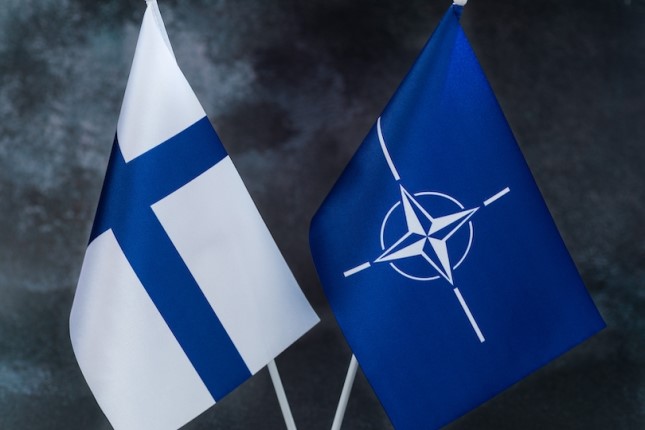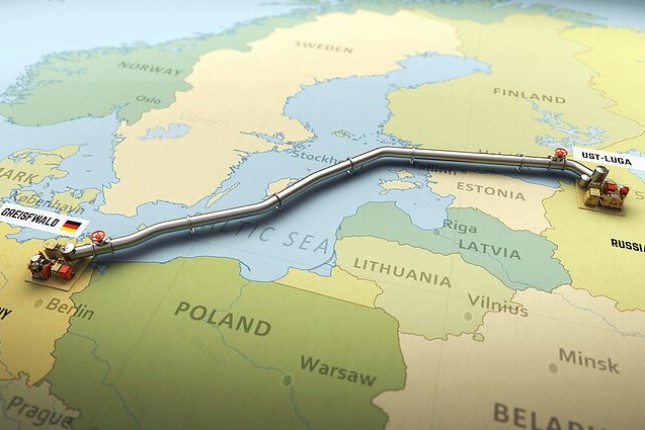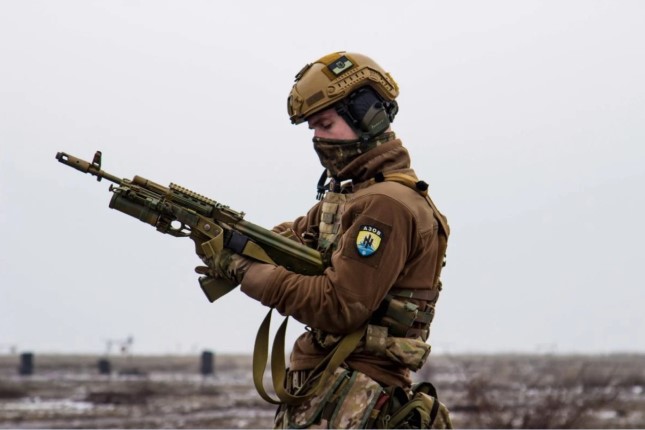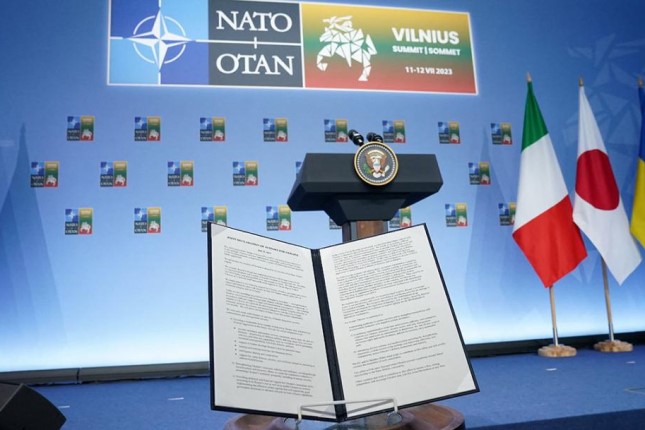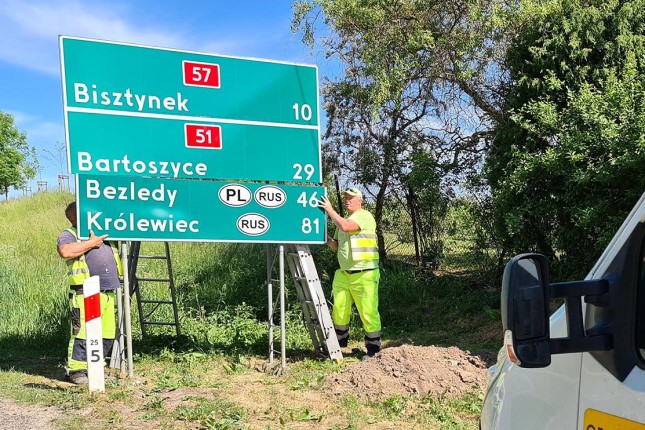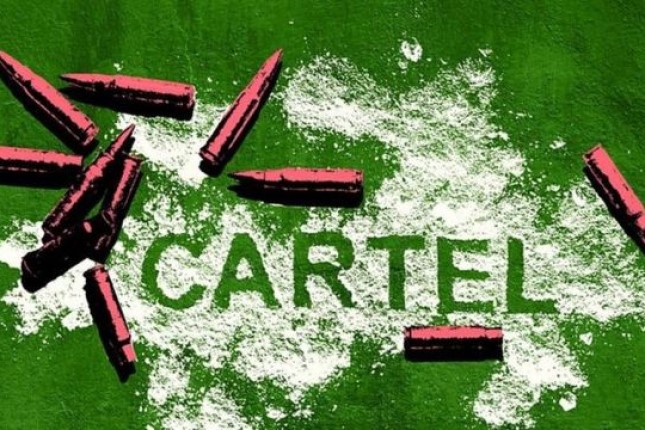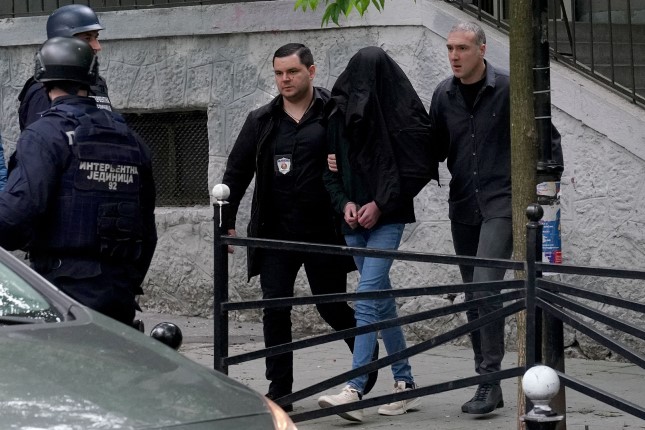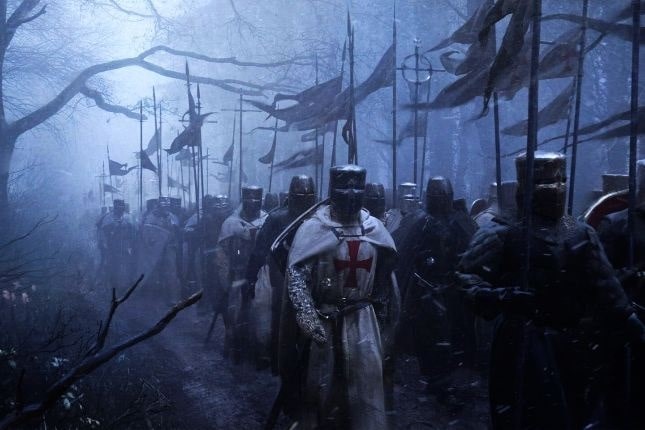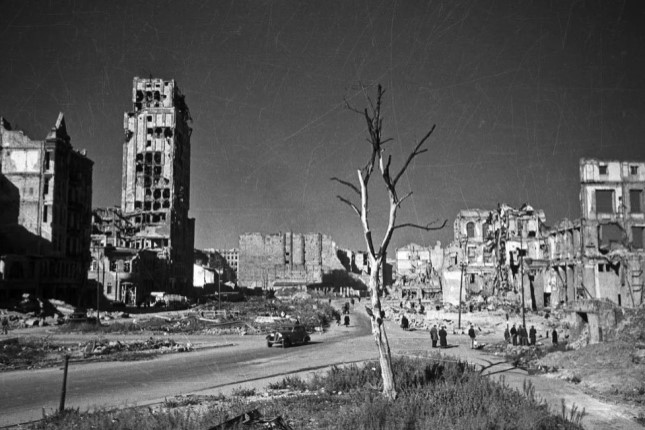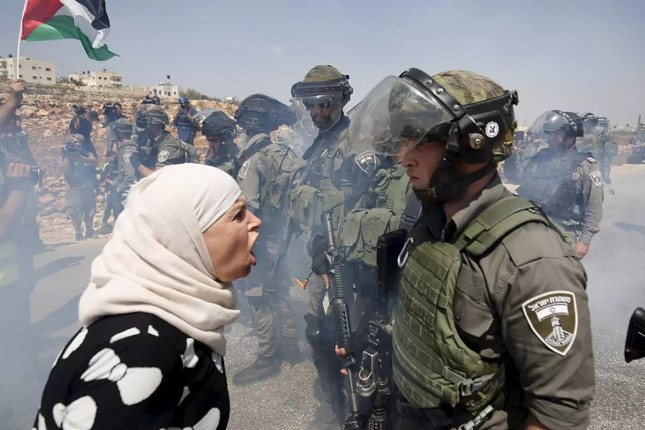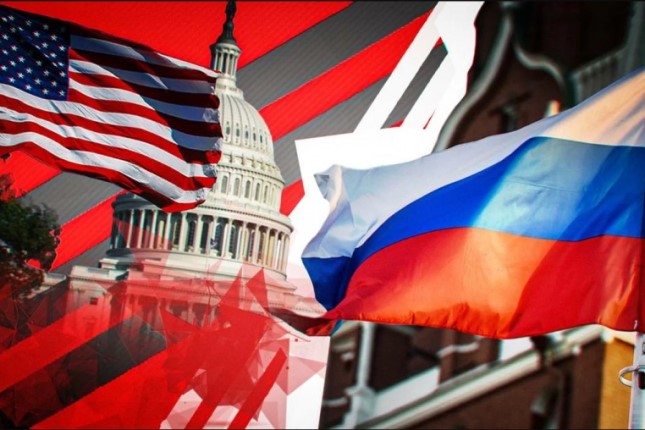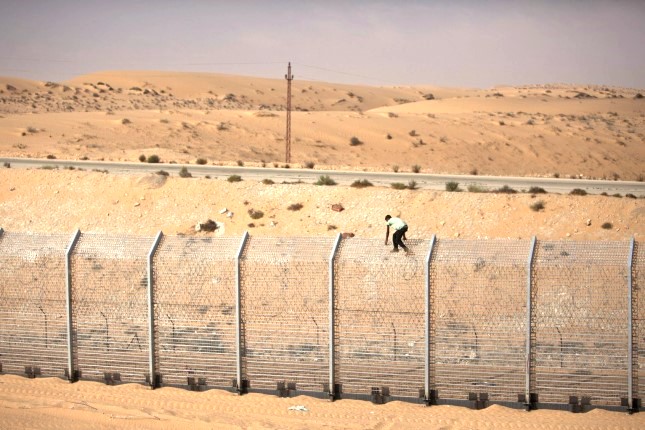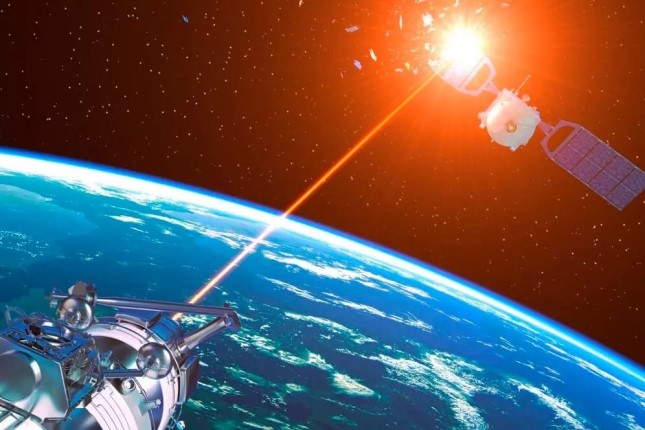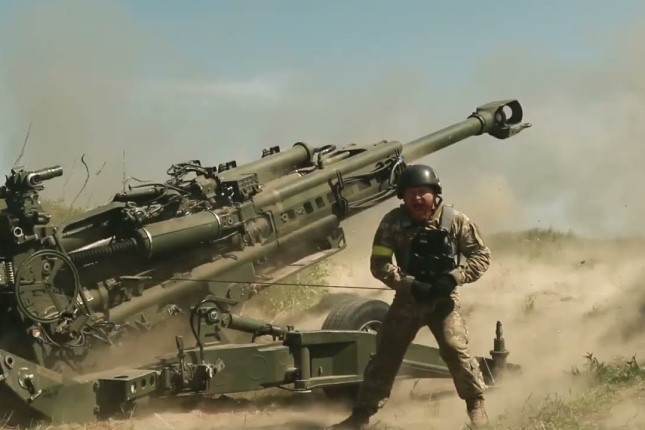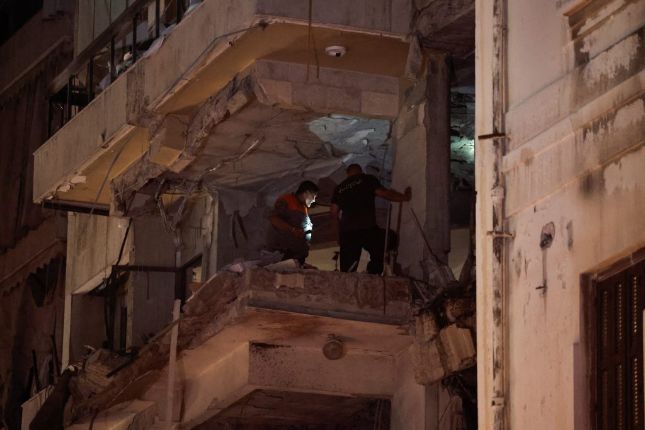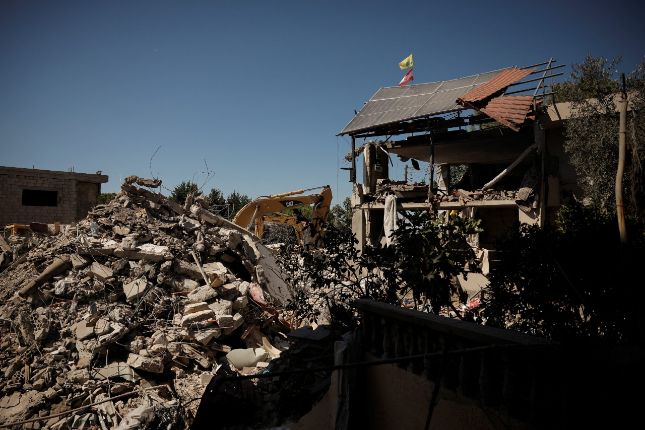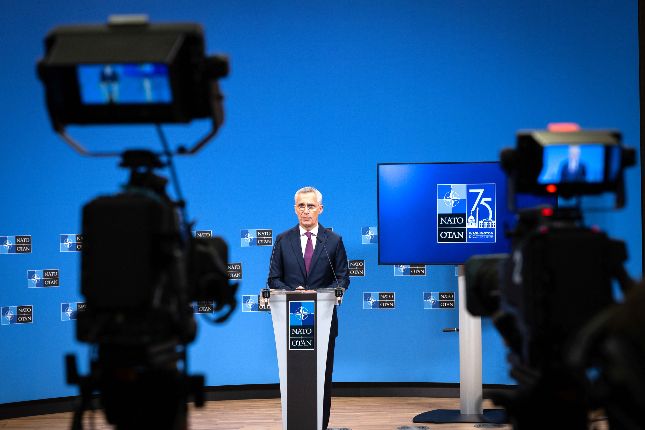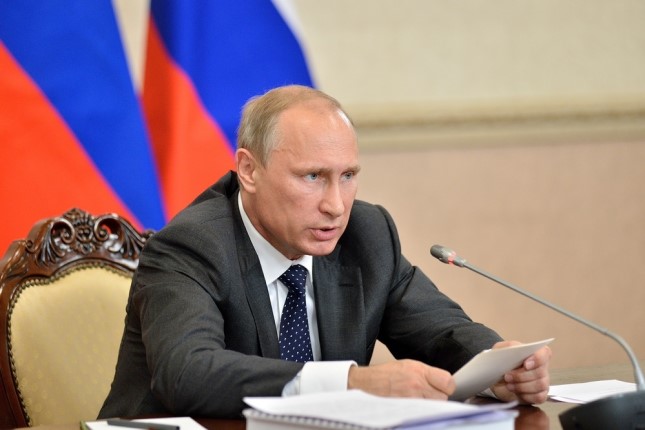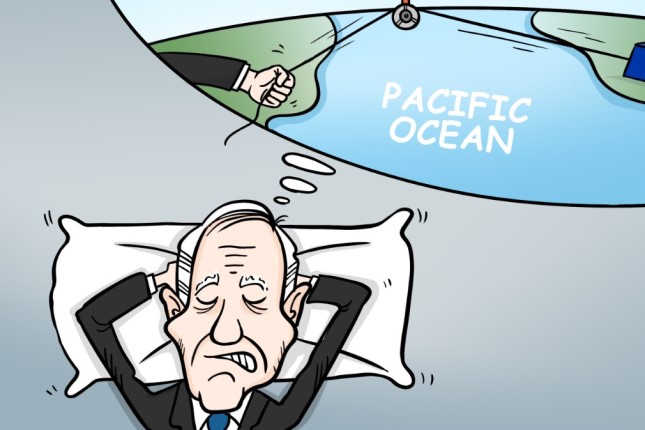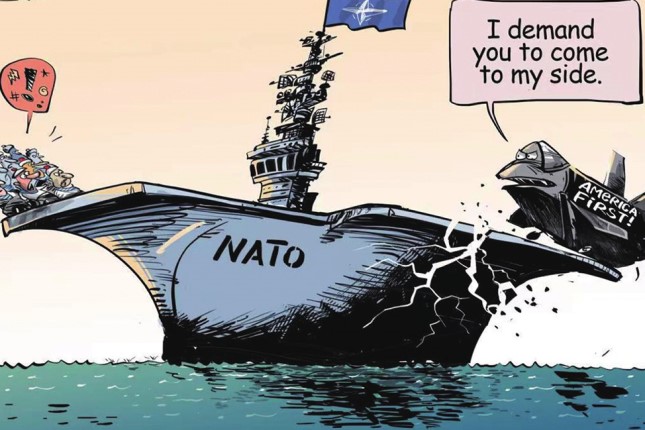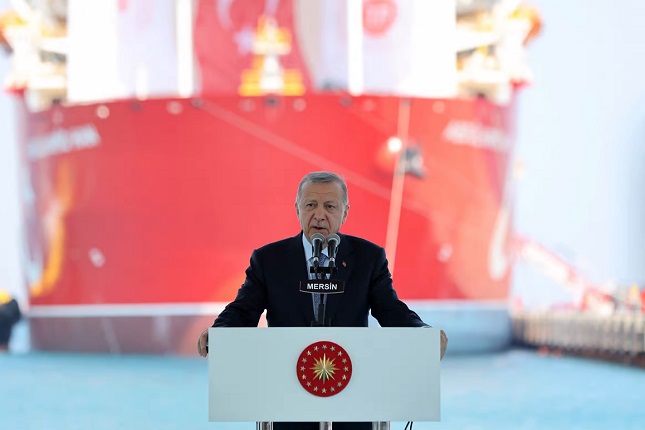When an inspector of the International Atomic Energy Agency (IAEA) checks a nuclear power plant, he usually has to walk over five kilometres along its winding hallways. Not a leisurely stroll, to be sure, especially in a heavy protective suit he must wear. It takes up to ten hours to check all the systems in the power plant, including a visit to the spent nuclear fuel storage facility. Typically, this is a pool of several dozen metres in depth. The inspector leans over it and measures the so-called Cherenkov radiation. Sometimes he has to reach far above the waste reservoir, so he straps on a safety harness. He should carry out numerous tests to ensure the plant operates safely.
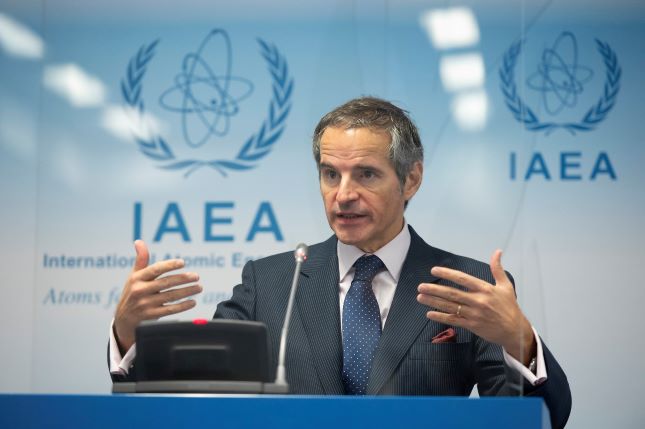
IAEA Director General plans to personally lead the Zaporizhzhia nuclear power plant inspection
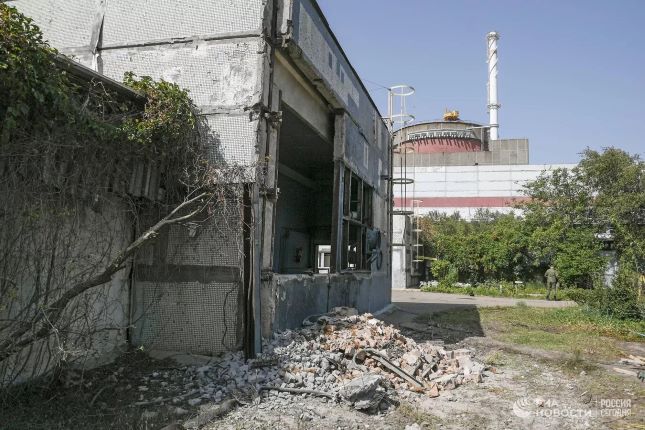
The pumping unit of the Zaporizhzhia nuclear power plant damaged by shelling. Photo: RIA
It stands to reason that the four hundred inspectors working at the IAEA are all courageous people. Still, it is not guaranteed that they would agree to visit the nuclear plant at Zaporizhzhia, which is currently shelled by the Ukrainian military. Among other targets, the shelling hits the spent fuel storage facility. To be there, bent over a pool full of radiating waste while being shelled, must be an incomparable feeling.
On the brink of disaster
On the evening of August 25, Energodar, Kherson, and Melitopol – three Ukrainian cities – suffered power outages. At the same time, people living near the Zaporizhzhia power plant heard explosions. A raging blaze was spotted above the plant. Fortunately for the observers and half of Europe, no nuclear disaster happened. The Ukrainians hit a power line, not the plant itself. Emergency systems were triggered, switching off all of the plant's six energy units for the first time in their history.
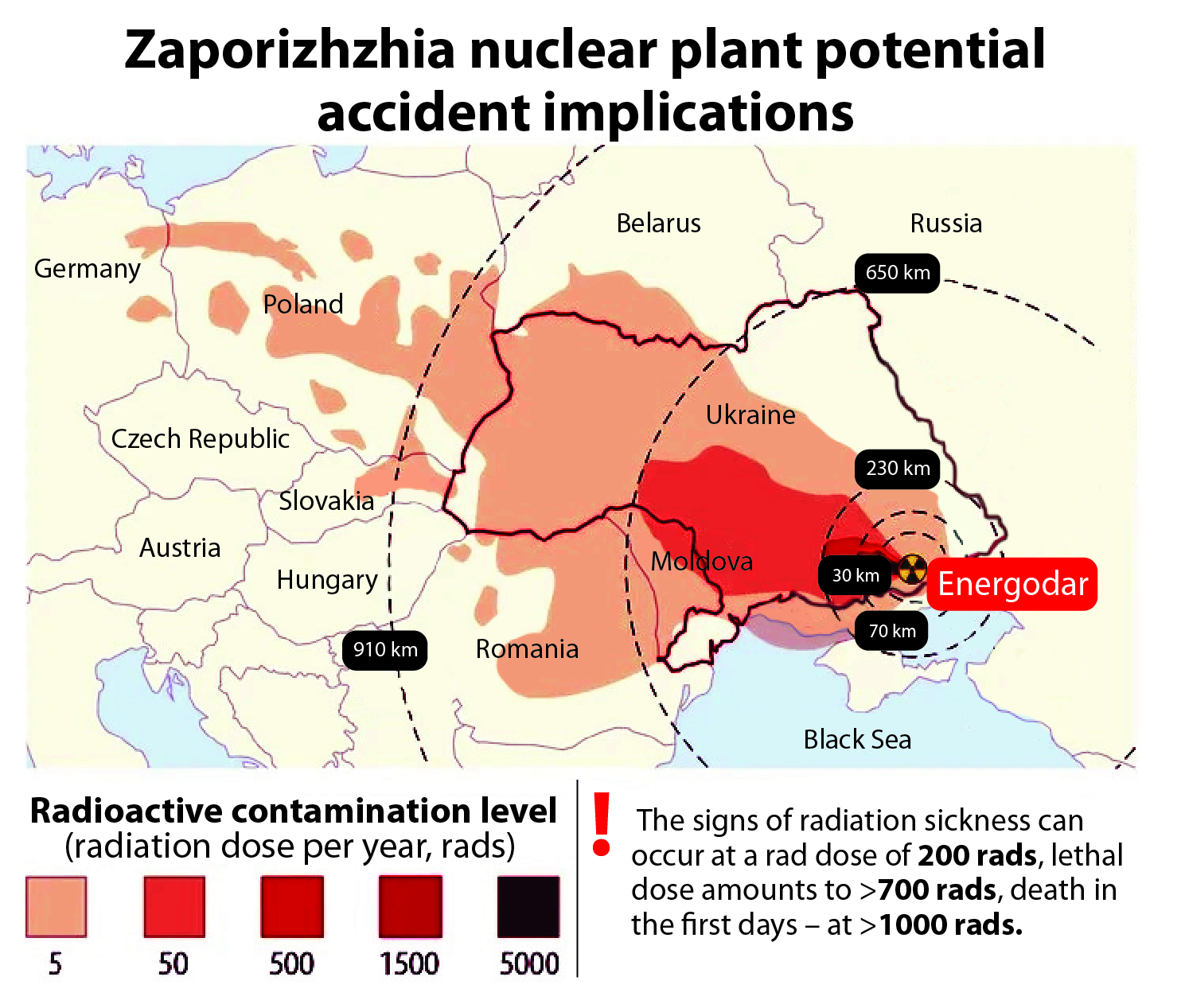
Some hours later, a motorcade rushed through Moscow streets, closed for traffic. Dozens of cars rode on, surrounding an Aurus limousine bearing the colours of Russia's President. There were reports of Vladimir Putin rushing to the Kremlin to hold a meeting over the situation at the Zaporizhzhia plant. Russia's head of state is not in the habit of attending night-time meetings, so it is evident that Russia's leadership views the nuclear provocation threat as a possible scenario.
Meanwhile, lawmakers flocked to the State Duma, summoned to an urgent session, summer holidays notwithstanding. Tanned and sleepy, they reviewed the Communist Party's proclamation on the unacceptability of nuclear provocations. Even though voiced by an opposition party, experts noted that it was the Kremlin sending a message to Ukraine's Volodymyr Zelensky.
Several hours later, the head of Ukraine, who had probably consulted his Western advisers, habitually accused the Russian military of the shellings. It was also reported that the power plant had stopped supplying energy to consumers in Ukraine, another one of Kyiv's lies. Sources in Energodar denounced those lies, saying the plant was providing electricity to Ukraine as usual.
On Sunday, August 28, 2022, the Russian Defence Ministry reported that Ukrainian artillery shelled Unit 6 of the Zaporizhzhya nuclear power plant, with five more shells falling near the sixth pumping station, which cools the reactor...
On the same evening, Energodar reported that the Russian Armed Forces shot down a kamikaze drone over the Zaporizhzhya nuclear power plant sent by the Ukrainian Armed Forces. The raid targeted the spent nuclear fuel storage facility. The drone fell on its roof and exploded. The aftermath is being clarified.
On August 29, 2022, the Ukrainian Armed Forces fired at the Zaporizhzhia nuclear power plant again. One of the 155mm shells from a US M777 howitzer penetrated the roof of a special storage facility where the nuclear fuel needed to run the plant is stored. No increase in the background radiation has yet been reported.
Moldova has started distributing potassium iodide pills to its public health centres. Potassium iodide protects in case of radiation exposure.
Political solution
IAEA inspectors may very soon get a chance to see for themselves. Rafael Grossi, the Director General of the IAEA, has shared comforting news in an interview with France 24, saying that the issue was being addressed internationally and at the highest level possible. Mr Grossi reported Macron and Putin had discussed it in a telephone call. And the Russian president was not against the IAEA inspectors' crossing Ukraine-controlled territory and the front line.
This is a big step forward as the Ukrainian side, whose consent is needed to carry out the inspection, is against IAEA people's crossing Russia-held territory. Zelensky believes that would imply recognising Moscow's sovereignty over the area. By and large, things get stuck simply because of Ukraine's stance. Macron is spending much time facilitating the mission to the nuclear power plant. Still, he is also trying to persuade Kyiv to persevere and make no concessions in favour of Russia. What an astonishing duality.
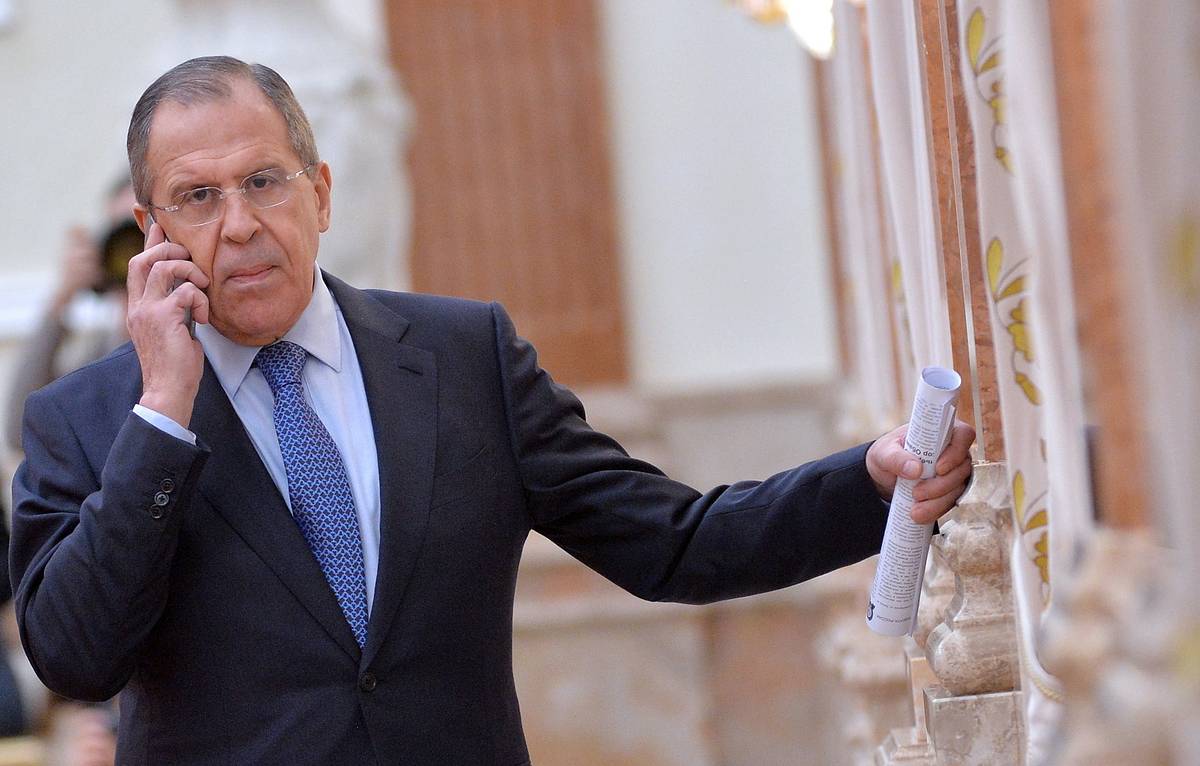
Russian Foreign Minister Sergey Lavrov. Photo: TASS
Some days ago, after the two presidents' talk, the issue was raised by Russia's and France's respective Foreign Ministers, Sergey Lavrov and Catherine Colonna. They never came to terms but did discuss the issue of the organisation of the IAEA mission. Respect for Ukrainian sovereignty was also a subject in that conversation, meaning that the most convenient route across Moscow-controlled territory was out of the question. The Russian authorities said they hoped all details of the IAEA inspectors' visit would be agreed upon as soon as possible.
Who is to blame?
Could Kyiv be so stubborn simply because an inspector's visit would show which side the power plant was being shelled from? It doesn't take a specialist in nuclear energy or a military observer to figure out where it came from. Tails of the Ukrainian-made, or rather NATO-made, missiles embedded in the ground at the nuclear site point toward those who are prepared to treat Europe with a horrible, man-made disaster.
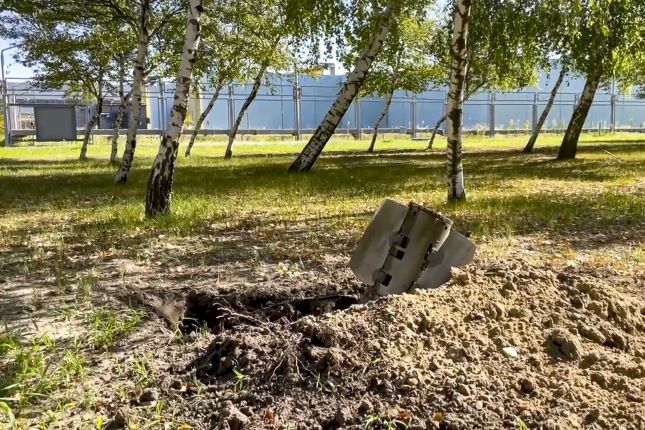
A rocket fragment is seen after shelling the Zaporizhzhia Nuclear Power. Photo: AP
Notably, the West seems to completely disregard these facts and ignore that Moscow has no reason to fire on the Zaporizhzhya nuclear power plant because there are Russian troops. It looks as if they have already decided that a nuclear catastrophe is unavoidable and have even identified the culprits. The UK House of Commons and the US Congress have both claimed that NATO should trigger Article 5 of the North Atlantic Treaty should a radiation leak result from strikes on the power plant.
The Article states that an armed attack against a member state shall be considered an attack against them all. Thus, if Ukrainians hit the plant with artillery and a radioactive cloud hits Poland, then NATO shall attack Russia. The sick logic of it.
In the wake of these talks, some experts are reasoning if the US is prepared to fight Russians to the last European left standing. Some conclude, why not. The only thing that could stop the Americans from whipping up a war in the Old World is the risk that it would affect them. In other words, a local nuclear catastrophe in the EU is a risk they can accept.
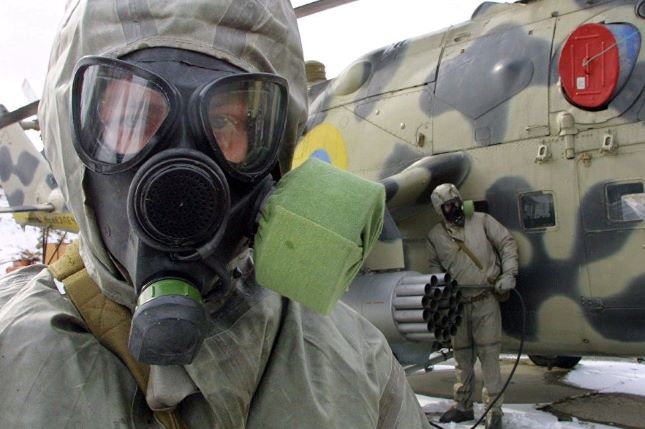
A Ukrainian serving in the country's Radiation, Chemical, and Biological Protection Forces
The Ukrainians have moved their 704th Regiment of Radiation, Chemical, and Biological Protection Troops closer to the Zaporizhzhia site. The regiment is stationed opposite the plant, on the banks of the Kakhovka reservoir. Russia's Ministry of Defence expects the regiment to conduct mass provocations, targeting the power plant. Given that Ukraine receives advice from Washington, one can surmise that a nuclear catastrophe can occur at any time.
Chornobyl or Fukushima?
There are no borders for radiation. The Eastern Europeans and Scandinavians have known it since Chornobyl. In case of an incident at Zaporizhzhia facility, Europe's largest nuclear plant, depending on winds, a cloud of radioactive gases could cover Ukraine, Russia and the whole territory of the Baltic states, Germany, Poland, Scandinavia and Southern Europe. It would contaminate air and groundwater, aggravating the energy crisis and causing mass migrations from the areas.
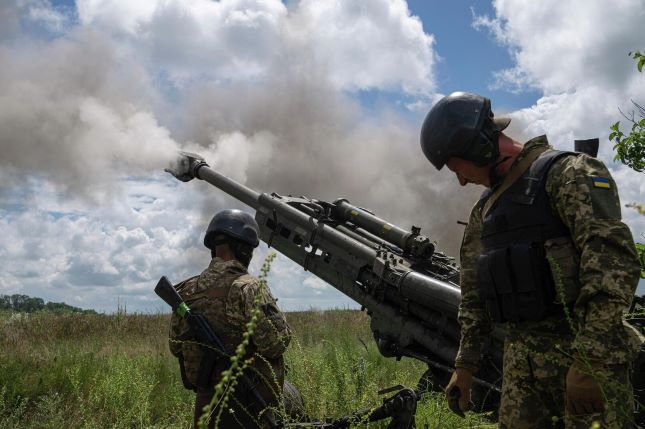
Ukrainian service members using an American M777 howitzer. The weapon was deployed to hit the Zaporizhzhia plant and other targets. Photo: RIA
Some experts note that the Zaporizhzhia nuclear power plant reactors are encased in sturdy concrete barriers that no missile can hit through. They are sturdy enough to withstand one missile strike, but what would happen if they got hit ten times? Or one hundred times? Crucially, modern nuclear plants were meant for peaceful times, no matter how safely and perfectly designed. They were not intended to be hit by artillery. Admittedly, a round may fail to strike the reactor directly, but it may damage cooling systems or blow up nuclear waste storage. In all fairness, pondering how to fit a nuclear power plant to withstand actual warfare is, come to think of it, quite incredible.
